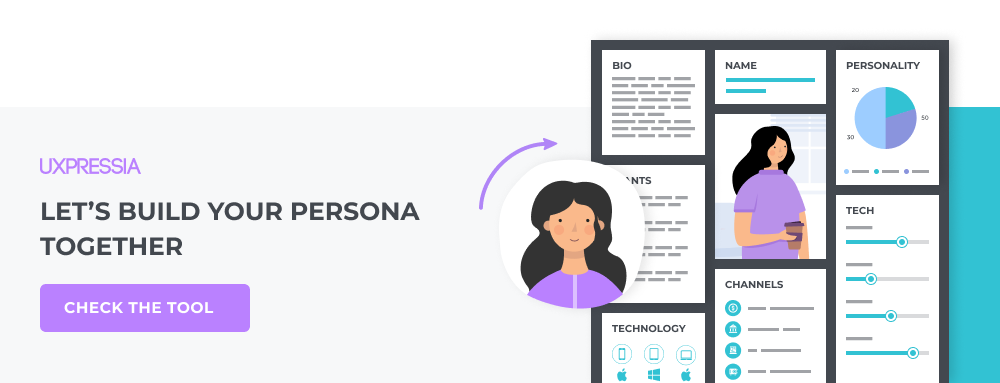User personas are an essential tool for every UX designer. They help create a shared understanding of the target audience, which is crucial for designing products and services that meet their needs and expectations. However, creating effective user personas requires more than just collecting demographic data. In this blog post, we'll explore best practices for creating user personas that are informative, realistic, and actionable.
Understand Your Target Audience
Before you start creating user personas, it's essential to have a deep understanding of your target audience. This means conducting user research to gather qualitative and quantitative data about your users' behavior, goals, motivations, and pain points. You can use various research methods such as surveys, interviews, focus groups, or usability testing to collect this data.
Once you have gathered the necessary data, analyze it to identify patterns and trends. Look for commonalities in terms of user behavior, goals, and pain points. Use this information to create groups of users who share similar needs and characteristics. These groups will form the basis for your user persona creation.
Create Realistic and Actionable User Personas
When creating user personas, keep in mind that they should be realistic representations of your target audience. Avoid making assumptions or generalizations based on limited data. Instead, use the data you've collected to create detailed descriptions of each user persona, including their goals, motivations, pain points, and preferred channels of communication.
To make your user personas actionable, focus on their goals and behaviors rather than their demographics. For example, instead of creating a persona based solely on age or gender, focus on their goals and motivations. What are they trying to accomplish? What motivates them to achieve their goals? What obstacles do they face?
Use Visuals to Bring Your User Personas to Life
One of the best ways to make your user personas more engaging and memorable is to use visuals. You can create a visual representation of each persona by including a photo, an illustration, or a sketch. This helps to humanize your personas, making them more relatable and easier to understand.
You can also use a user persona template to organize your information and make it easier to visualize. A typical user persona template includes the following sections:
- Name and photo
- Demographics
- Goals and motivations
- Pain points and challenges
- Preferred channels of communication
Validate Your User Personas
Finally, it's essential to validate your user personas by testing them with real users. This will help you identify any gaps or inconsistencies in your data and refine your user personas accordingly. You can test your user personas by conducting surveys, usability testing, or user interviews.
By validating your user personas, you ensure that they accurately represent your target audience and provide valuable insights for your design process.
Conclusion
User personas are a powerful tool for creating better user experiences. By understanding your target audience, creating realistic and actionable personas, using visuals to bring them to life, and validating them with real users, you can create effective user personas that inform and inspire your design process.
Remember, user personas should be living documents that are continually updated as you learn more about your target audience. By incorporating best practices for creating user personas into your UX design process, you can ensure that your products and services meet the needs and expectations of your users.
References:
1. Cooper, A., Reimann, R., & Cronin, D. (2007). About Face 3: The Essentials of Interaction Design. John Wiley & Sons.
2. Pruitt, J., & Adlin, T. (2010). The Persona Lifecycle: Keeping People in Mind Throughout Product Design. Morgan Kaufmann Publishers.
3. Youtube tutorial: https://www.youtube.com/watch?v=DvV7ZcRVQ4g
4. Images used : https://uxpressia.com/blog/wp-content/uploads/2022/12/1239-1.png

